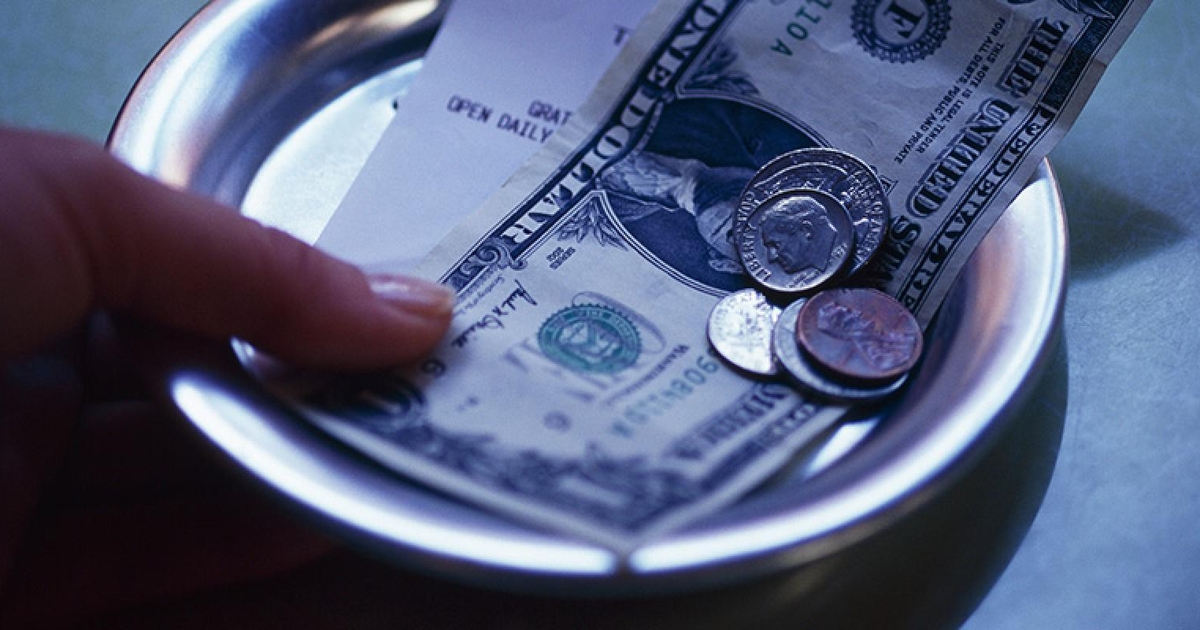
As restaurant server wages continue to grow as a natural result of state-level minimum wage and tipped wage laws and the growth of labor costs nationally, tips are proportionally shrinking. New data from ADP Research shows that base wages for restaurant servers make up 43% of a server’s paycheck on average — up 35% as a share of income from January 2020 to September 2024.
ADP Research analyzed wages and tips of 100,000 restaurant servers across 50 states and measured any changes in their pay. Overall, wages have grown significantly, with both base pay and gratuities included. According to the data, a server in January 2019 made on average $18.61 per hour, and now makes $23.88 per hour, which is a 28% increase.
The average base pay spiked twice during the pandemic as a result of tip credit laws, in which business owners are able to pay their tipped workers less than the state minimum wage, but if tips don’t make up for the lost wages, operators must fill those paycheck gaps themselves. In September 2024, the Biden-era 80/20 labor rule — which only allowed employers to pay their employees the subminimum wage to supplement earned gratuities while workers were performing tip-earning tasks — was struck down by the Fifth Circuit Court of Appeals, making tip credit laws less prevalent moving forward.
However, according to ADP Research, tipping laws don’t fully explain that 35% increase in base wages for servers. Much of that is explained by the rise of labor costs due to labor shortages, particularly prevalent in 2021 and 2022. Although labor competition has since cooled, ADP researchers said that “the gains workers made during 2021 and 2022 have been baked into the market.”
Base pay still lags behind gratuities as a percentage of the average server’s paycheck, but that gap has narrowed significantly since 2020. According to ADP Research, Chicago had the fastest four-year wage growth for restaurant servers driven by an increase in base pay, while restaurant workers in Boston had the highest tipped wages, with tips accounting for 76% of wages.
Unsurprisingly, the cities with the lowest tip share percentage are Los Angeles and San Francisco, where tips make up less than 40% of wages in a state that raised the fast-food minimum wage to $20 an hour (and had an impact on other workers in the restaurant industry).
Contact Joanna at [email protected]









